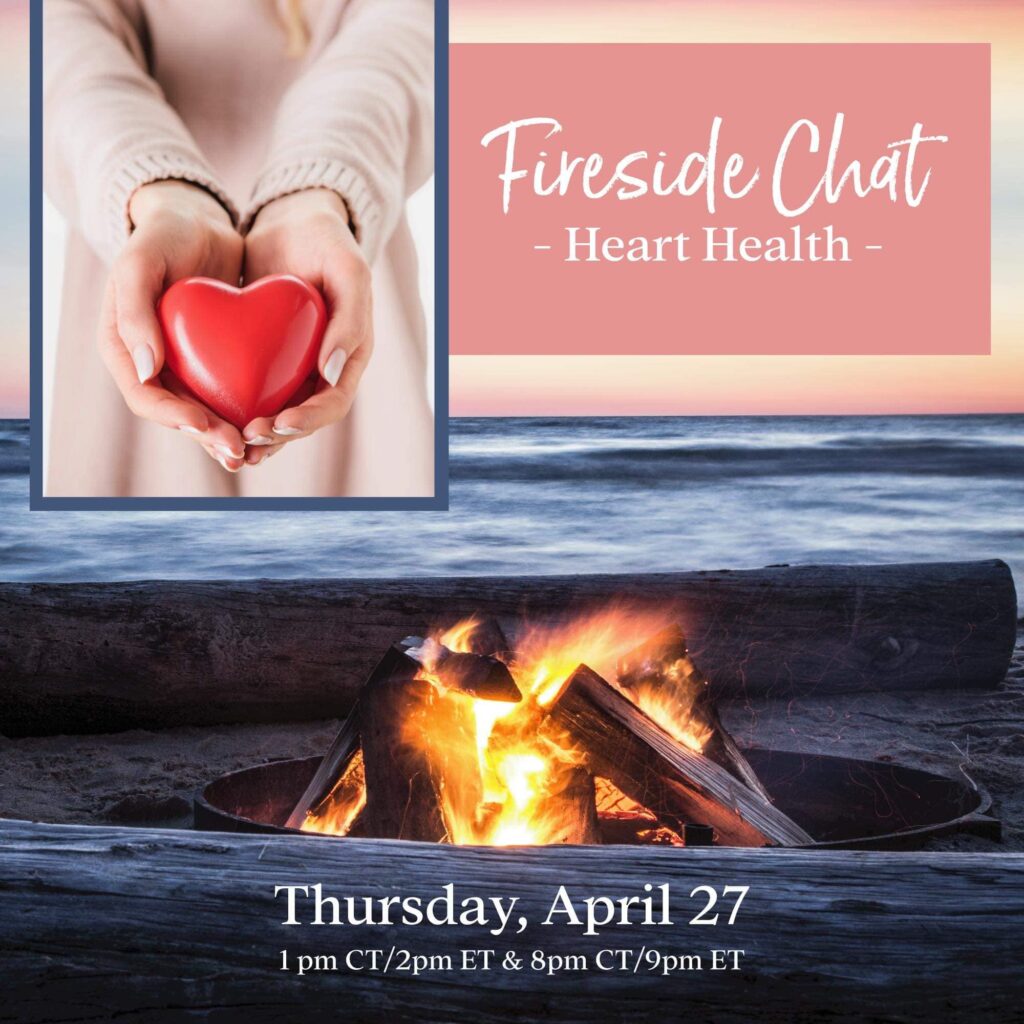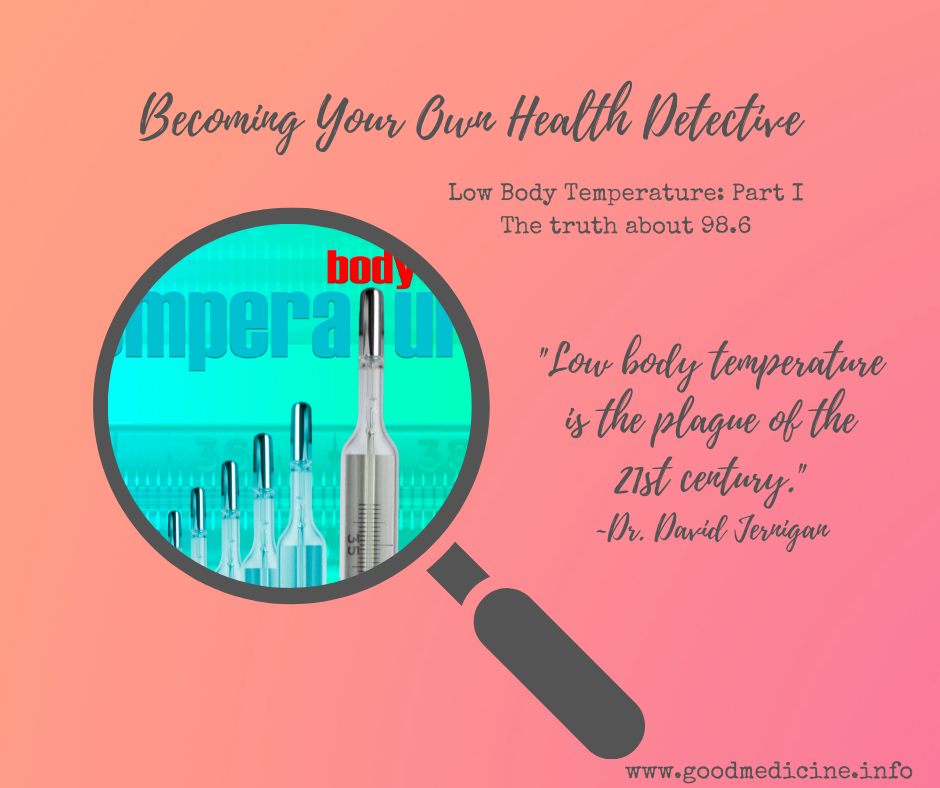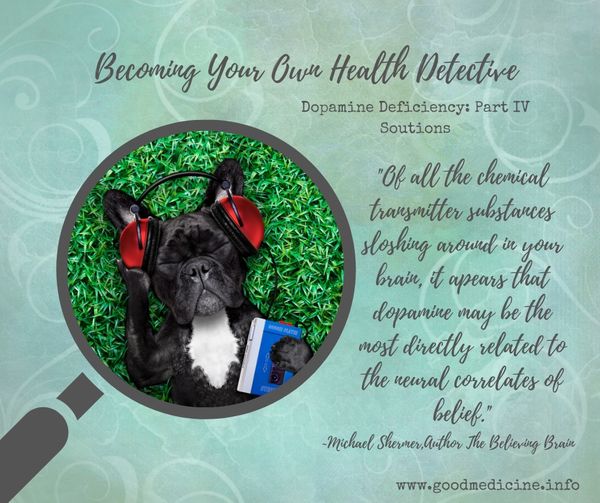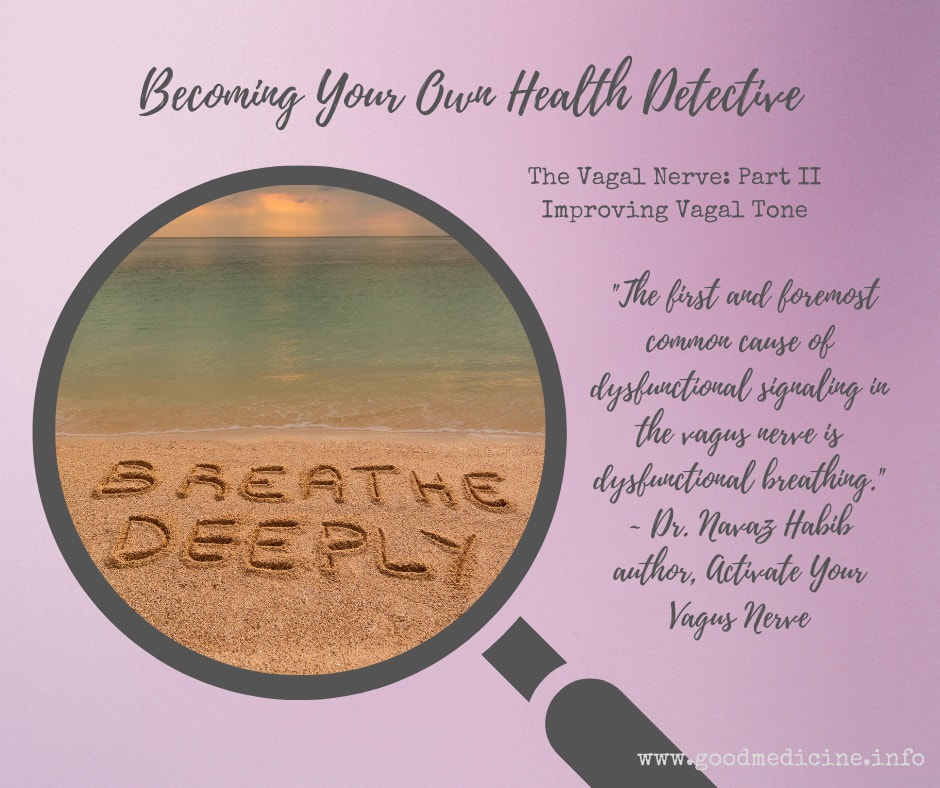
Fireside Chat Heart Health with Young Living

Liz James · ·

Liz James · ·

Liz James · ·
Body Temperature Part I: The Truth about 98.6
Usually when we talk about temperature it’s generally in relation to illness or fertility. You’ve heard people say, “My body temperature just runs low.”, and we accept that as “normal” for them. Heck, I was one of those people too, until I learned the truth.
I’m no physics expert, but we’re gonna talk about some very basic physics and biology “laws” for just a hot minute. I promise to keep it simple. Understanding these principles will help seal this information into your memory.
Temperature is an indicator of heat in a system.
Heat is energy.
Vibration produces heat.
Cells vibrate, and in doing so, produce heat.
Every cellular reaction in the body occurs optimally (key word!) at a specific “heat” level.
Energy (heat) produces cell voltage (imagine a cell has a battery) which alters the pH of the body.
The vibration of molecules within cells is measured electrically. The “hertz” unit is used to measure electrical vibrations (known as frequency).
If the production of energy (heat) drops in the body, cellular vibrations have slowed down and frequency (measured in hertz/ Htz) and pH are affected.
Low frequency and an acidic pH are associated with cancer, chronic disease, and mental health issues.
How’s that for a nutshell version of a basic Law of Thermodynamics and its relationship to mammal biology?
Beyond the microscopic view of body temperature, there are certainly other factors at play:
The hypothalamus (located in the brain) directs the opening and closing of blood flow to the skin. It works in tandem with the thyroid and other tiny but mighty glands and organs. Damage to any of them may affect body temperature.
Stress also interferes with, and drives down body temperature. Cold hand and/or feet are often a reflection of stress response. Conversely, warmer hands/feet indicate relaxation. We can grow used to living with chronic stress, but the body doesn’t lie.
Adrenal fatigue or insufficiency
Hormone imbalance (commonly low progesterone or estrogen dominance in women, or low testosterone in men)
Unresolved emotional trauma
Heavy metal or chemical toxicity (including medications)
Some people may be born with a lower body temperature. This may be due to any of the above. Do not minimize the generational impact of toxins, unresolved emotional trauma, energetically dead food, and poor water quality on babies!
Chronic low body temperature is often a common clue or symptom of a known (or yet unknown) disorder or distress. Dr. David Jernigan writes, “The colder a body becomes, the slower the electrical oscillatory rate and therefore the thicker, more viscous, or syrupy the body fluids become. The more viscous the fluids become the more difficult it is for the body to push the fluids through the body. The lymph fluids that are normally supposed to bathe the outsides of all of your cells become progressively stagnant as it is too thick to move efficiently.”
Jernigan’s illustration above is a graphic description of what happens when body fluids become stagnant. If low body temperature becomes a chronic issue, several things begin happening:
The body becomes a home for viruses, certain bacteria, and chronic infection
Gradual cellular death (without regeneration) begins to happen
Actions of enzymes, vitamins, minerals, hormones, neurotransmitters and other body essential chemicals are compromised
Acidity of the body increases and serious disorders and diseases begin appearing.
Frequency of the body drops and negative emotions begin to predominate
It becomes even harder for the body to spit out toxins
Smooth muscle tone is affected and fluid begins leaking out into tissue and edema results
Can chronic low body temperature be corrected? You bet it can, and we’re going to discuss that next week!
Remember, the wall around Jerusalem didn’t get destroyed in a single day and it wasn’t rebuilt in a single day either! And, Nehemiah didn’t do it alone. He sought out a community of like minded people with different skill sets to help him rebuild, and they persevered… even despite toxic (both physical and emotional) onslaught in the process. Your life is a story of clues, and although God is the ultimate author of each of our stories, the choices we make play a huge part in the writing of it!
xoxo~ liz
#checkyourtemp#sharingiscaring#98point6isgoodmedicine#ditchthetoxinsifyouhaventalready#thanksYL#youarethecoauthorofyourstory#becomingyourownhealthdetective

Liz James · ·
Dopamine Deficiency Part IV: More Solutions
Do you struggle with belief in any area of your life? Maybe it’s work…. Self confidence…. Big goals…. If so, know that improving your dopamine balance will only help you grow into living what you struggle to believe. Now would be a great time to grab that bottle of Believe essential oil and become a walking diffuser for yourself. Go grab it now… I’ll wait for you!
Gary Young knew which plant chemicals stimulate, protect, and support healthy dopamine levels. And of course, he knew that belief is fueled by dopamine. Essential oils Balsam, Coriander
, Bergamot
, Frankincense
, Idaho Blue Spruce
, Ylang ylang
, and Geranium
all fuel belief through their effect on dopamine within us. These are the oils within the blend Believe. Pretty cool right? Gary never made a product that wasn’t highly purposeful!
Other oils that have been found to contain constituents supportive of healthy dopamine levels in the body include rosemary, oregano
, thyme
, rose
, sandalwood
, neroli
, palmarosa
, and marjoram
. Did you notice that many of these oils are used in Raindrop massage? Just one more reason everyone should receive a Raindrop on the regular!
God has gifted us with so many natural ways to support dopamine levels. (Go back and review last week’s post so that you’ll have the full combined list!)
Mowing the yard! It may be hard work, but the aroma of fresh cut grass contains a chemical called hexanal (the “green” smell of grass) that stimulates dopamine release.
St. John’s Wort has been found to increase dopamine in the prefrontal cortex of the brain by 40%. Resveratrol has been found to perform similarly ( found in red wine, fresh grapes, dark chocolate, blueberries, peanut butter)
Organic coffee (No more than one cup a day or it may contribute to adrenal fatigue…. A dopamine high followed by a crash!) or a cuppa organic green tea (Have you tried the YL Vanilla Lemongrass Green Tea yet?) is a dopamine supportive treat.
Rhodiola is another herb known to stimulate dopamine receptors and inhibit enzymes that break down dopamine in the brain. Ashwagandha (You might recognize this as an ingredient in Powergize and Endogize) is also an effective adaptogen with supportive dopamine activity.
Pregnenolone is a natural hormone produced in the body that has a positive effect on dopamine levels in the brain. It is an ingredient in hormone supportive Cortistop capsules, PD 80/20 capsules, and Regenolone moisturizing cream. Do a little research on each of these to determine if they might fight your individual hormone balancing needs.
Acupuncture stimulates the vagus nerve, which in turn support healthy dopamine levels. (Go back and reread the section on low vagal tone!)
Creating and performing music boosts dopamine levels even more than listening to your favorite tunes, but all three are effective. Listening to music has even been shown to improve fine motor skills in Parkinson’s patients.
Chronic inflammation reduces dopamine synthesis and release in the brain. We’ve got tools on hand to support a healthy inflammatory response (as opposed to the runaway variety!). Sulfurzyme, BLM, Agilease, and OmegaGize3 are excellent supplements. Nobody can “out supplement” an unhealthy lifestyle…..examine your life and look for offending (and often hidden) toxin triggers in household chemicals, processed foods and drinks, body care products, and makeup.
Lack of sleep down regulates dopamine receptors and reduces dopamine receptor availability. You know what to do! Sleep is so very important in ALL aspects of health. Review your sleep hygiene practices and look for “holes in the armor” that may result in interrupted sleep. I LOVE and incorporate Rutavala on the base of my big toe and Immupro (chewable) in my bedtime rituals.
Iron plays a role in dopaminergic neurotransmission. Iron and ferritin levels are important lab values to watch (both for being too low and too high). Natural sources of iron include spirulina ( an ingredient in Multigreens), dark chocolate, spinach, shellfish, organ meats (I highly suggest Sally Fallon’s cookbook Nourishing Traditions), beans, lentils, chickpeas, red meat, pumpkin seeds, quinoa, turkey, broccoli, and fish.
Vitamin C assists with the formation and conversion of dopamine in the brain. Deficient levels of vitamin C may show up as a low mood. Super C Chewables are a tasty way to supplement daily.
Vitamins B6 and B9 are critical for dopamine synthesis. Low folate levels contribute massively to low dopamine levels which may ultimately lead to depression. Super B is another fantastic supplement to help the body in at least a thousand little and big ways.
Alternate between standing and sitting. “Chronic sitting” lowers dopamine levels. Our body was designed to move!
Finish a project. Who knew? This in itself causes the brain to flood with dopamine.
Huge (and easy) list, right? And yet, sometimes it may seem hard to get motivated to make the changes. Circle back around….. Grab your bottle of Believe, and start somewhere small. I promise you won’t regret finding your dopamine happy place!
xoxo~liz
#caringissharing#knowbetterdobetter#dopamineisdope#balanceddopamineisgoodmedicine#goodmedicine#BecomingYourOwnHealthDetective
#ThanksYL

Liz James · ·
Raise your hand if you want a resilient nervous system.🙋♀️ Uh huh… that’s what I thought. I do too! 😊I want to be healthier overall, quicker to recover from stressful situations, happier, stronger, more empathetic, better able to concentrate, and have thriving relationships…. ALL things associated with healthy vagal tone.
Vagal tone should be nurtured daily if it is to function optimally. You might be surprised at how easy some of these tips are!
⭐Poor breathing habits. The sedentary nature of our current society has been no friend to the vagus nerve. Poor posture, including the downward tilt of the head as we look at our computer and phone screens restricts the airways from throat to lungs. If you walk into nearly any nursing home you will see posture associated with long term low vagal tone. Dr. Navaz Habib👨⚕️, author of Activate Your Vagus Nerve, makes a compelling argument that dysfunctional breathing is the most common cause of poor vagus nerve function. Friends, this is such an easy (and free) fix. Address posture (revisit that post!), and incorporate breathing slowly and “belly button” deeply at least a few times every hour. This is nourishing to the vagus nerve, and feels good too!
⭐Alternate nostril breathing👃. Inhaling through one nostril and exhaling through the opposite nostril has a profound effect on the nervous system and an increase in oxygen consumption. One study found that inhaling through the right nostril and exhaling through the left nostril for approximately 3 minutes four times a day for a month increased oxygen consumption by 37% compared to normal breathing practices. (Doing the reverse activity.. Inhaling through the left and exhaling on the right showed an oxygen increase of 24%) It was suggested in the study that this type of breathing may reduce the release of stress hormones (a benefit in vagus nerve health). As an added bonus, you will likely find yourself more focused and awake by “right nostril breathing” and more relaxed and less anxious by “left nostril breathing”. Knowing this, consider supporting these techniques with Brain Power or En-R-Gee essential oil blends when “right nostril breathing”, or Tranquil, Peace and Calming, or Sacred Mountain essential oils blends when “left nostril breathing”.
⭐Prayer and meditation🙏 are both scientifically proven to increase parasympathetic (“rest and digest”) activity which improves vagal tone. Incorporating essential oils during prayer and meditation is a beautiful way to enhance both practices. Some of my favorites include Frankincense, Peace & Calming, RC, and Raven.
⭐Practice tensing stomach muscles or coughing on purpose.
⭐Massage…..even an ear massage. Massaging the areas of the ear👂 called the tragus and cymba concha can trigger a mild vagal response. Additionally, acupuncture or acupuncture point based therapy (check out Dolphin MPS for one such type) are hugely helpful.
⭐Keeping a positive attitude and emotion set. This is truly a “use it or lose it” situation. Affirmations and constructive emotions can spark a self fulfilling future for all aspects of the body, including vagal tone. Destructive emotions can also do this but in the opposite direction. (ex: If you believe you will fail, you probably will! ) Direct good thoughts and actions towards other people and watch your vagal tone improve. Act on kindness, compassion, and empathy. Doesn’t the world need more of this anyway? It’s fascinating that attitude alone can deeply impact the function of the vagus nerve. God has knit us together in wondrous ways!
⭐Belong to a socially active community 🧍♀️🧍♂️🧍♀️. Social isolation does no favors to vagal tone. Find your tribe and spend time with them in person. Oxytocin is a hormone which acts as a neurotransmitter. Its presence has a powerful effect on the health of the vagus nerve. Hugging, laughing, breastfeeding, speaking to someone in person or on the phone, being trusted by someone, and listening to soothing music are all ways to release oxytocin. Surprisingly, shooting guns can be included in this list!
⭐Eating correctly. Saying words of gratitude🙏 over your food actually stimulate the vagus nerve. Chewing slowly and eating mindfully (fully present) allows the body to recognize the type of nutrients being released into the body, and to release the appropriate enzymes and digestive juices needed to make them bioavailable (or boot them out as a toxin). It would come as no surprise that an unhealthy vagal tone has a negative effect on digestive juices, especially those released by the gallbladder.
⭐Intermittent fasting. There are a myriad of benefits of intermittent fasting, including decreasing inflammation in the body. Inflammation negatively affects vagal tone. Of course intermittent fasting is only one way to help the body in this manner. Any time you remove a toxin source from your body’s daily load, you will be showing your vagus nerve TLC. Thank goodness for the clean household and personal care products we have access to! #ThanksYL
⭐Foods that have been found to support healthy vagal tone include fermented foods (ex: kombucha, cheeses, plain yogurt), high fiber foods (ex: nuts, fruits, vegetables) and foods high in Omega3’s. If you feel you might not get enough of any of these food groups, supplement with YL Life -9 (or MightyPro) probiotic, Balance Complete Meal Replacement, and OmegaGize3 (or Mindwise) respectively. Additionally, adequate zinc levels contribute to a healthy vagal tone. (You’ll want to go back and re-read the section on zinc. It may tie together some clues for you)
⭐How we sleep matters😴. Laying on the right side has the highest vagal stimulation.
⭐Gargling. This contracts the muscles in the back of the throat which causes direct stimulation of the vagus nerve. Humming (especially while covering the ears) and singing loudly are also helpful.
⭐Improving vagal tone thru exercise💪 and yoga is reason #100 to do both. Seriously. Mental and physical health will only improve in amazing ways when exercise and yoga are incorporated into healthy habits.
For the more adventurous spirit, other ways to spark quick vagal tone improvement include ❄️cold❄️ showers, ❄️ice baths❄️, ❄️cryotherapy ❄️ or coffee☕️ enemas (Yes indeedy! 😉).
Our brains are constantly checking on us to see if we feel safe or not. It is only when the brain perceives safety that we are able to engage socially, have curiosity, feel happy, and be playful. If it has been awhile since you’ve felt this way, this would be another set of clues indicating that your vagus nerve needs some additional love and attention.
It may seem hard to “want” to incorporate these suggestions into your healthy habits if all of this is new to you, but if you raised your hand a few minutes ago in a bid for resiliency, it’s time to do “the things.” Just like a teenager who is hard to wake up in the morning, waking up the vagus nerve may take perseverance. Find your tribe and work together to make those vagal nerves toned and happy!
xoxo~ liz
PS: Friends, there is an enormous amount of information on the vagus nerve and polyvagal theory. If this has sparked your interest, please DO do some more digging on your own. There is simply no way to do this particular topic justice in a couple of posts.
#sharingiscaring
#caringforyourvagusnerveisgoodmedicine
#healthdetective
#goodmedicine
#thanksYL
❄️

Book Your Health Coaching CallBook Now
